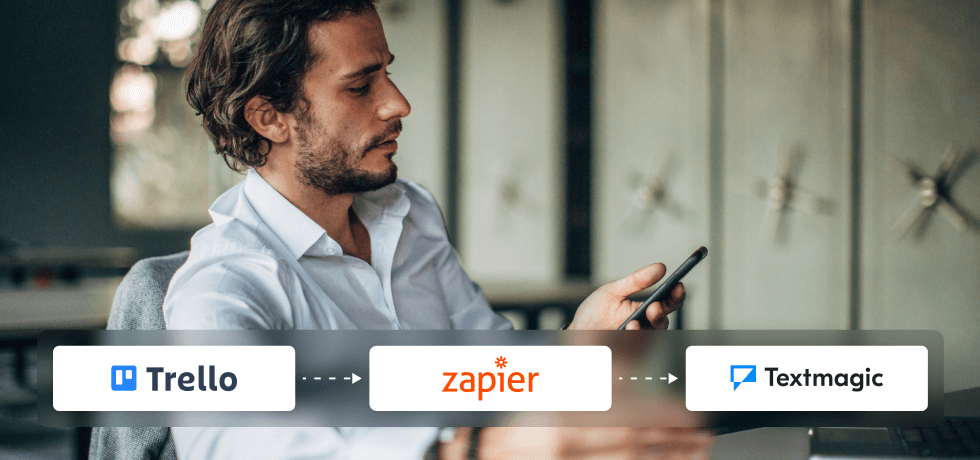
Customer engagement is not just a marketing tool but a fundamental approach that drives business growth. Creating a strong customer engagement strategy is important for ensuring the success of your business. It helps build loyalty, convert leads, and reach your desired conversion rates.
Studies show that companies with a strong lead-nurturing strategy generate 50% more sales-ready leads at 33% lower cost per lead. Using various channels such as social media, email marketing, and personalized content is beneficial for brand recognition and trust-building.
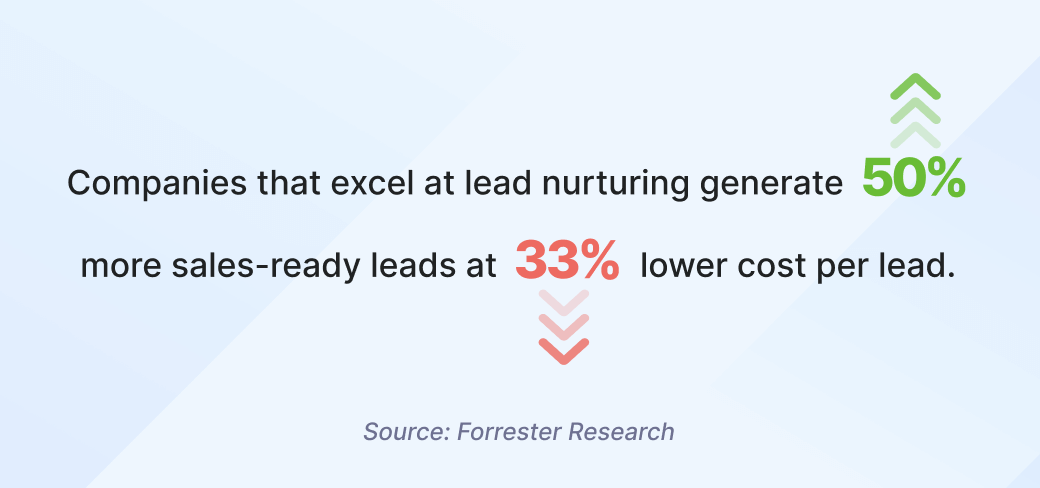
This article gives you everything you need to begin or enhance your customer engagement strategy.
What is customer engagement?
Customer engagement refers to a customer’s ongoing interactions and experiences with a brand or business.
It goes beyond simple transactions and involves building a meaningful and emotional connection between the customer and the company. This is achieved by creating positive experiences at various touchpoints throughout the customer journey, from the initial awareness stage to post-purchase interactions.
Customer engagement vs. customer experience
Customer engagement and customer experience are closely related concepts, but they have distinct characteristics. Let’s explore their similarities and differences to see how to make the most of them.
Similarities
- Customer focus: Both customer engagement and customer experience involve putting the customer at the center of business strategies and decision-making.
- Long-term perspective: Both aim at building long-lasting customer relationships rather than focusing solely on short-term gains.
- Business growth: Both contribute to business growth and success by fostering customer loyalty and advocacy.
Differences
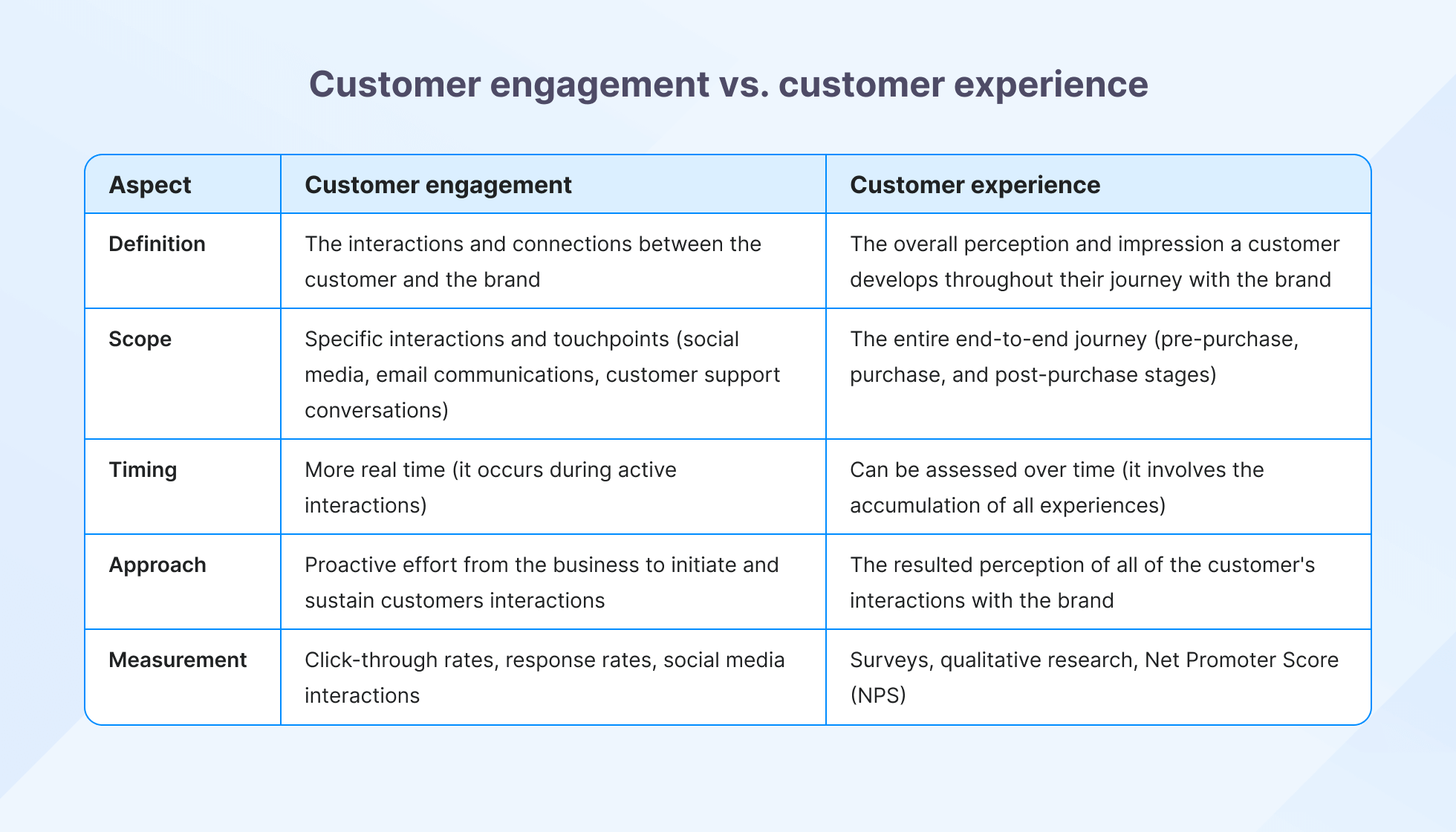
Why you need a customer engagement strategy
A customer engagement strategy is a well-defined plan that outlines how a business aims at interacting, communicating, and building relationships with its customers across various touchpoints.
Here are some of the benefits that businesses can expect from having a good customer engagement strategy:
- A well-executed customer engagement strategy ensures that customers are offered tailored interactions and exceptional service, leading to a positive and memorable client experience.
- By proactively engaging with customers, addressing their needs, and showing genuine concern, businesses can cultivate stronger and more meaningful relationships with their customer base.
- Happy customers are more likely to tell others about the brand, which leads to more people recommending it.
- The strategy for engaging customers highlights the importance of prioritizing the customer in all business decisions and operations. This leads to practices that are more customer-focused.
- Engaged customers are more loyal and tend to make repeat purchases, contributing to long-term business growth and stability.
- A positive and consistent customer engagement approach enhances the brand’s reputation, increasing customer trust and perceived value.
- Engaged customers are more likely to spend more and make additional purchases, resulting in increased revenue and profitability for the business.
Six steps to your customer engagement strategy
Here are the essential steps to help you create a customer engagement plan and elevate customer interactions.
1. Understand your target audience
Knowing your customers’ identities, needs, and motivations allows you to tailor your engagement strategies for better effectiveness.
Dos
- Conduct thorough market research to gain insights into customer preferences, pain points, and expectations. Use social media listening tools like Hootsuite, Sprout Social, and Brandwatch to track and analyze customer sentiments and discussions.
- Create buyer personas to represent different segments of your target audience.
Don’ts
- Don’t use a one-size-fits-all approach – personalize your engagement efforts to each audience segment.
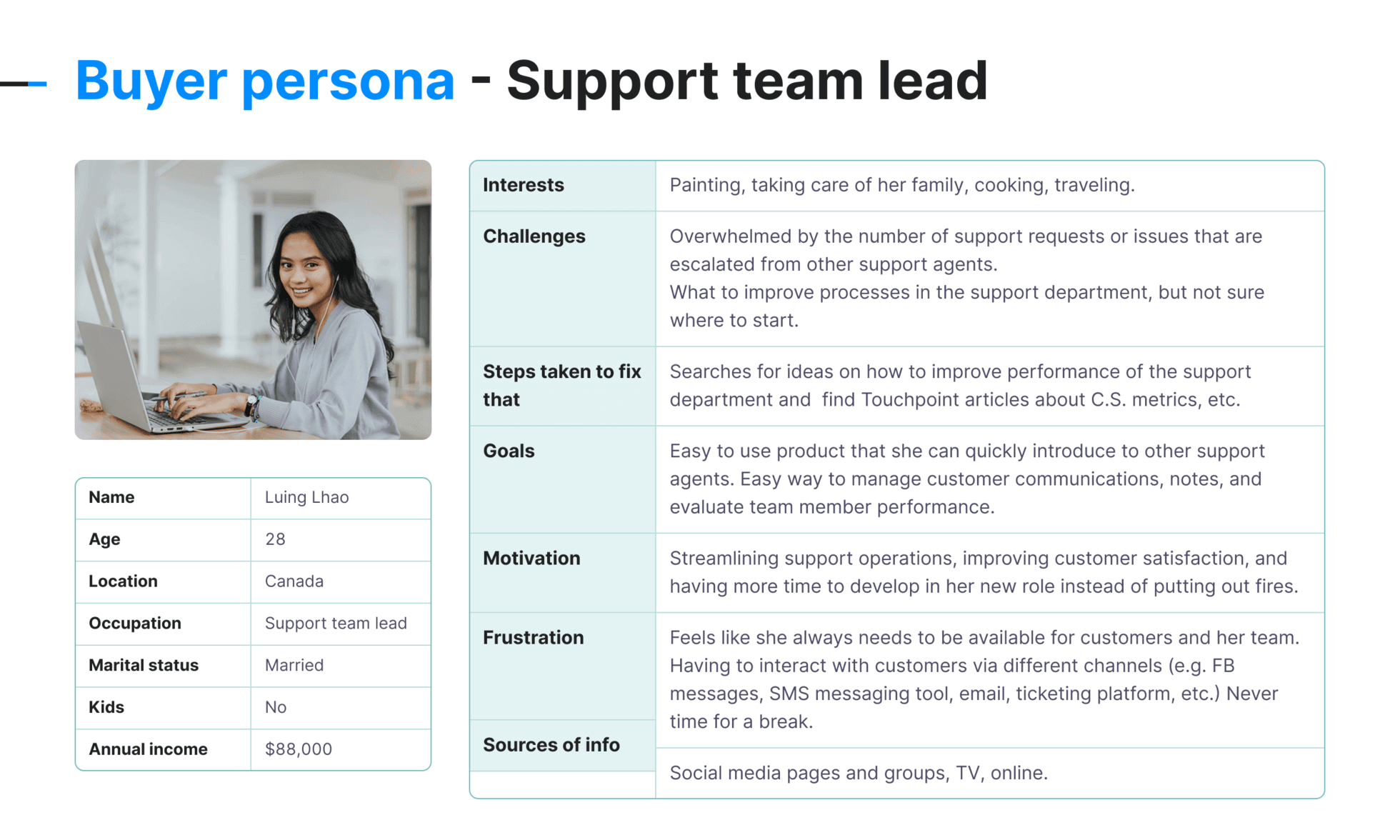
2. Set clear objectives
Setting measurable goals will help you track progress and determine the success of your customer engagement strategy.
Dos
- Set Key Performance Indicators (KPIs) to measure the success of your objectives.
- Decide on specific engagement goals, such as increasing customer retention, boosting customer referrals, and/or improving customer satisfaction scores. Use tools like live chat or instant feedback forms to capture customer sentiments during or immediately after interactions.
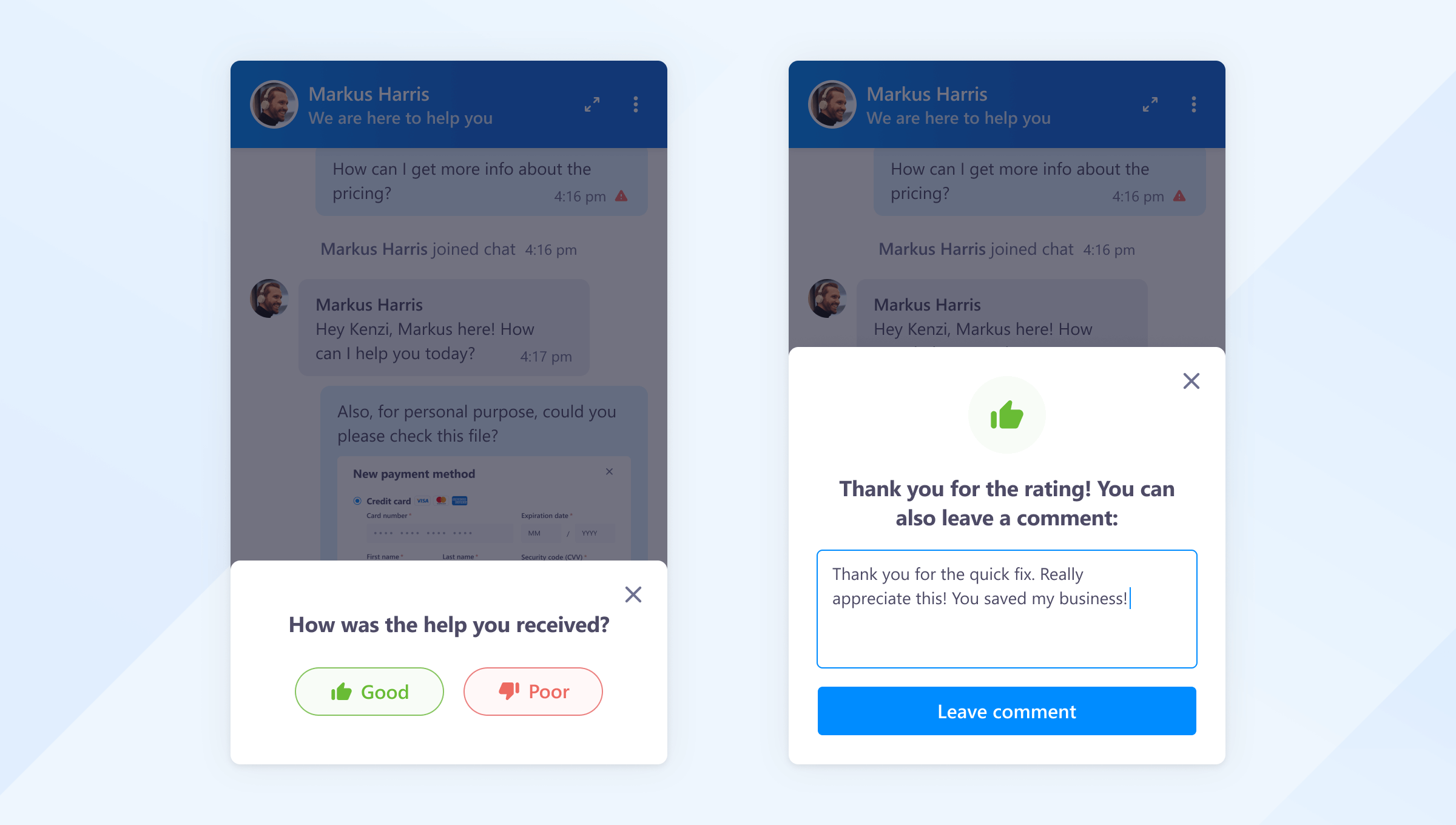
Don’ts
- Don’t set vague or unrealistic goals that cannot be effectively measured.
- Don’t prioritize short-term gains over long-term customer relationships.
3. Utilize multiple communication channels
Engaging customers across various communication channels ensures that you reach them where they are most comfortable and active.
Dos
- Identify your target audience’s preferred channels, such as social media, email, live chat, or mobile apps.
- Maintain a consistent brand voice and messaging across all channels. Create branded templates for various content types, such as social media posts, emails, and blog posts. Use these templates to maintain a consistent visual identity and messaging structure.
Don’ts
- Don’t overwhelm customers with messages on every available channel.
- Don’t neglect any communication channel, even if it seems less popular – preferences can change over time.
4. Offer personalized experiences
Personalization leads to higher customer loyalty and engagement. Nearly 90% of online businesses have already embraced personalization because they recognize its numerous advantages.
Dos
- Implement customized marketing, product recommendations, and content based on individual preferences.
- Leverage customer data and insights to personalize interactions and offers. Automate actions based on customer actions, like sending emails for abandoned carts or for re-engaging inactive customers.
Don’ts
- Don’t be overly intrusive – respect customer privacy when using their data.
- Don’t rely solely on automated personalization – find the right balance with human touchpoints.
5. Encourage and respond to feedback
Feedback is invaluable for understanding customer sentiment and making improvements. Engaging your customers based on their feedback demonstrates that you value their opinions.
Dos
- Actively respond to positive and negative feedback, showing customers that you appreciate their input.
- Implement feedback mechanisms such as surveys, online reviews, and customer support interactions. Integrate feedback widgets or pop-ups into your mobile app or website to gather user feedback in real-time.
Don’ts
- Don’t dismiss negative feedback or respond defensively – use it as an opportunity to improve.
- Don’t overload customers with too many feedback requests.
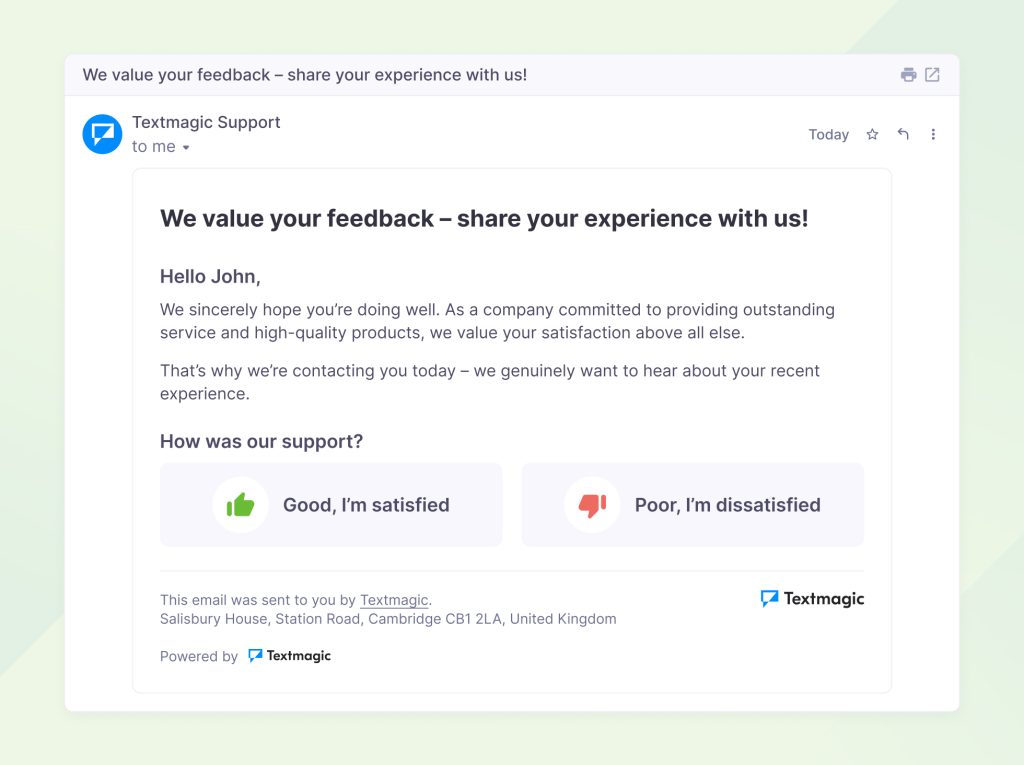
6. Reward and recognize loyalty
Recognizing and rewarding loyal customers fosters a sense of appreciation and encourages continued engagement and brand advocacy.
Dos
- Tailor the rewards based on each customer’s preferences and purchase history.
- Implement a customer loyalty program with rewards, discounts, and/or exclusive offers. Manage the loyalty program using customer-friendly technology, such as a dedicated loyalty app, online account portal, or point tracking system.
Don’ts
- Don’t offer irrelevant or unattainable rewards.
- Don’t focus only on acquiring new customers – existing loyal customers deserve attention too.
Customer engagement plan checklist
The strategic illustration below showcases the four essential stages of developing a successful customer engagement strategy.
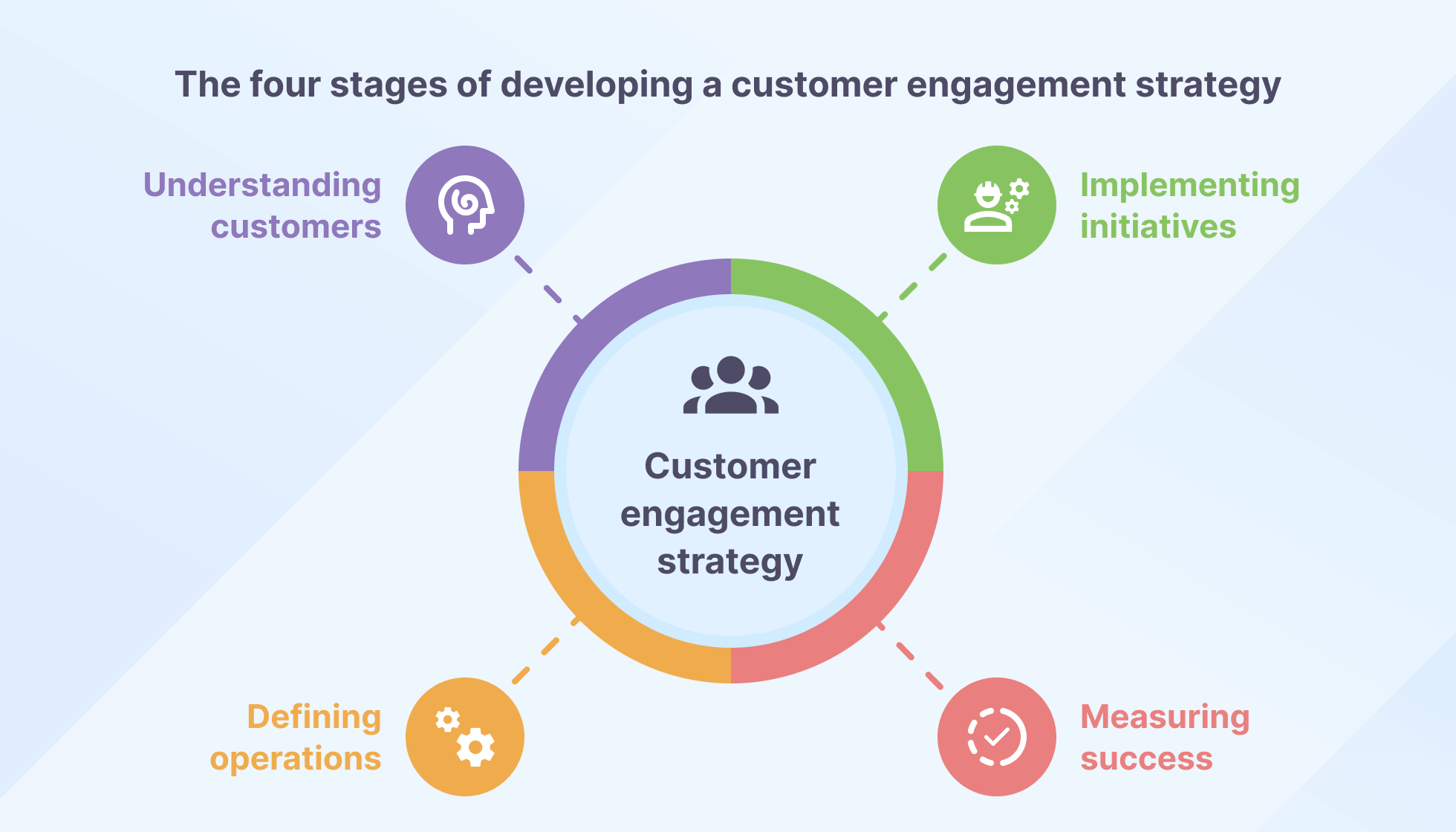
All you need now is a customer engagement plan to create an outstanding customer-centric journey. Our comprehensive checklist is designed to equip you with all the necessary tools and insights.
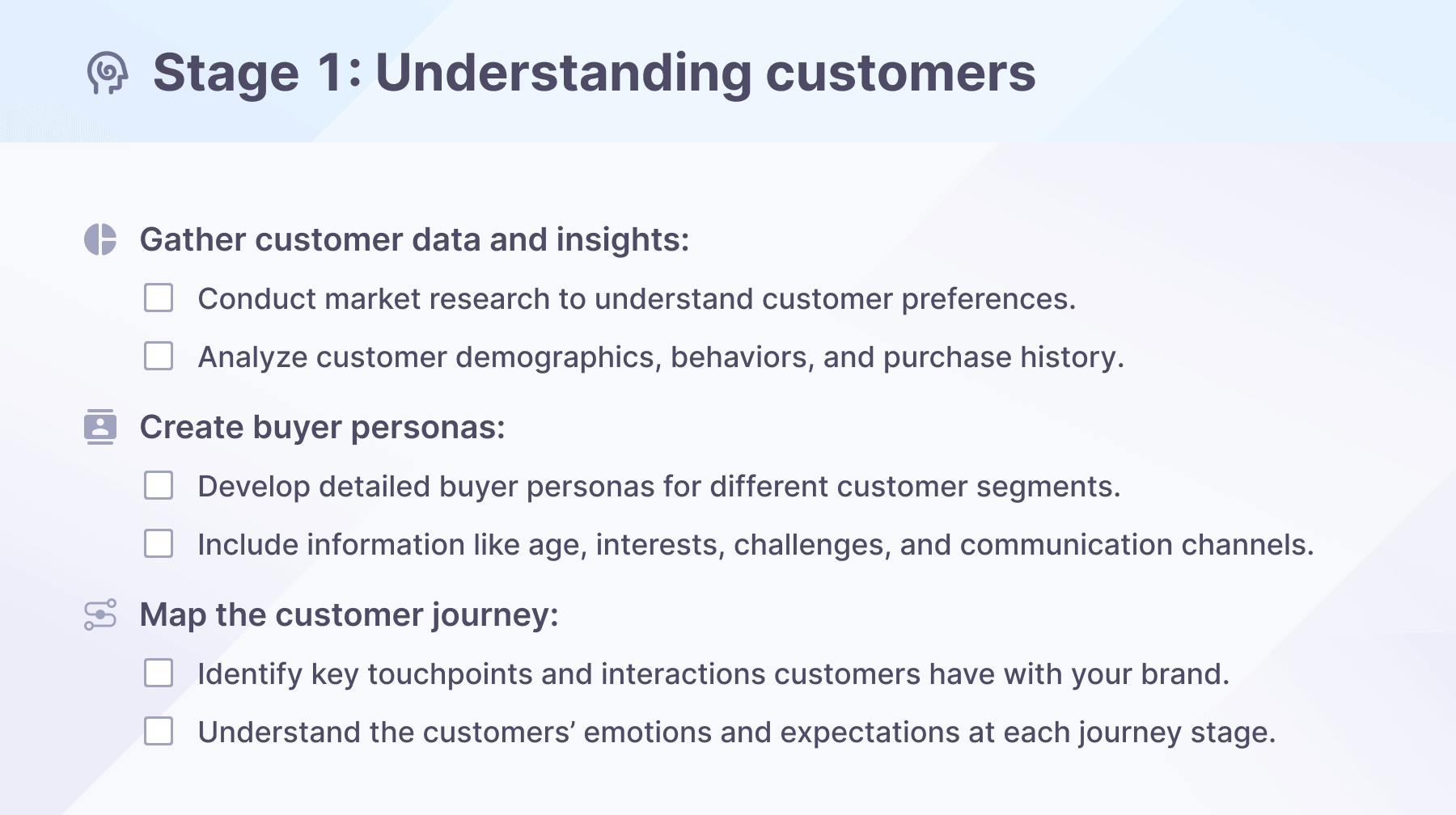
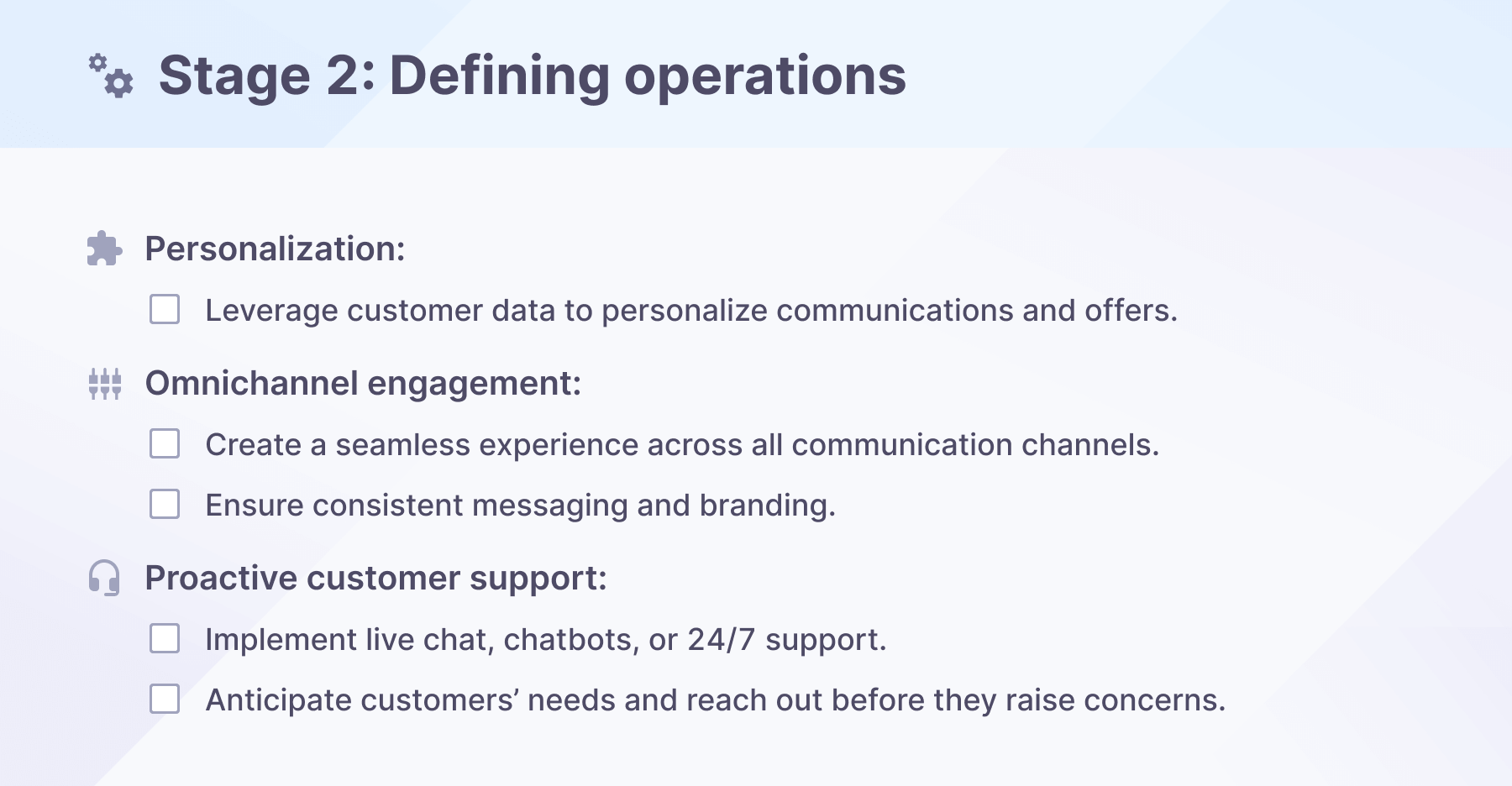
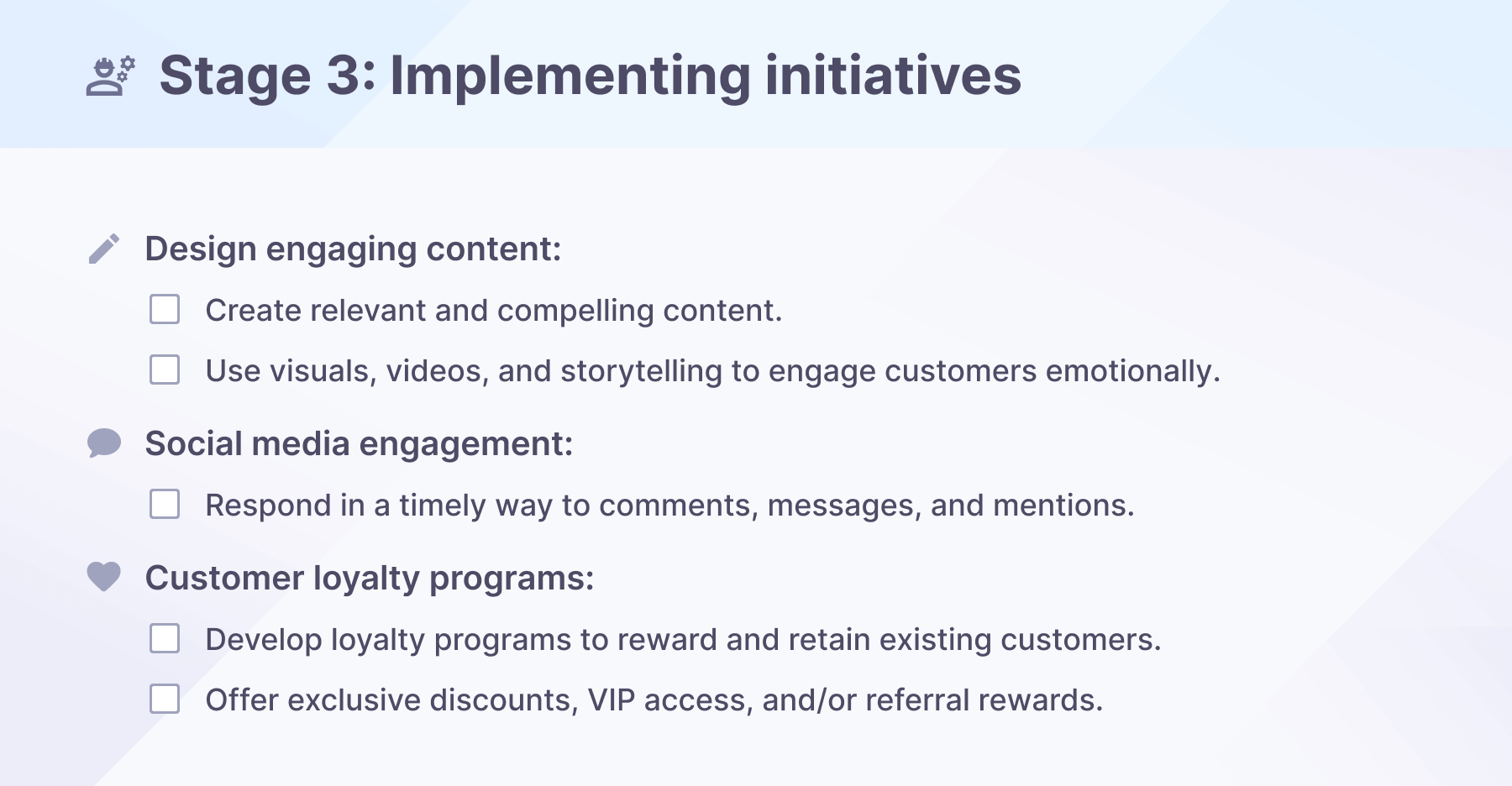
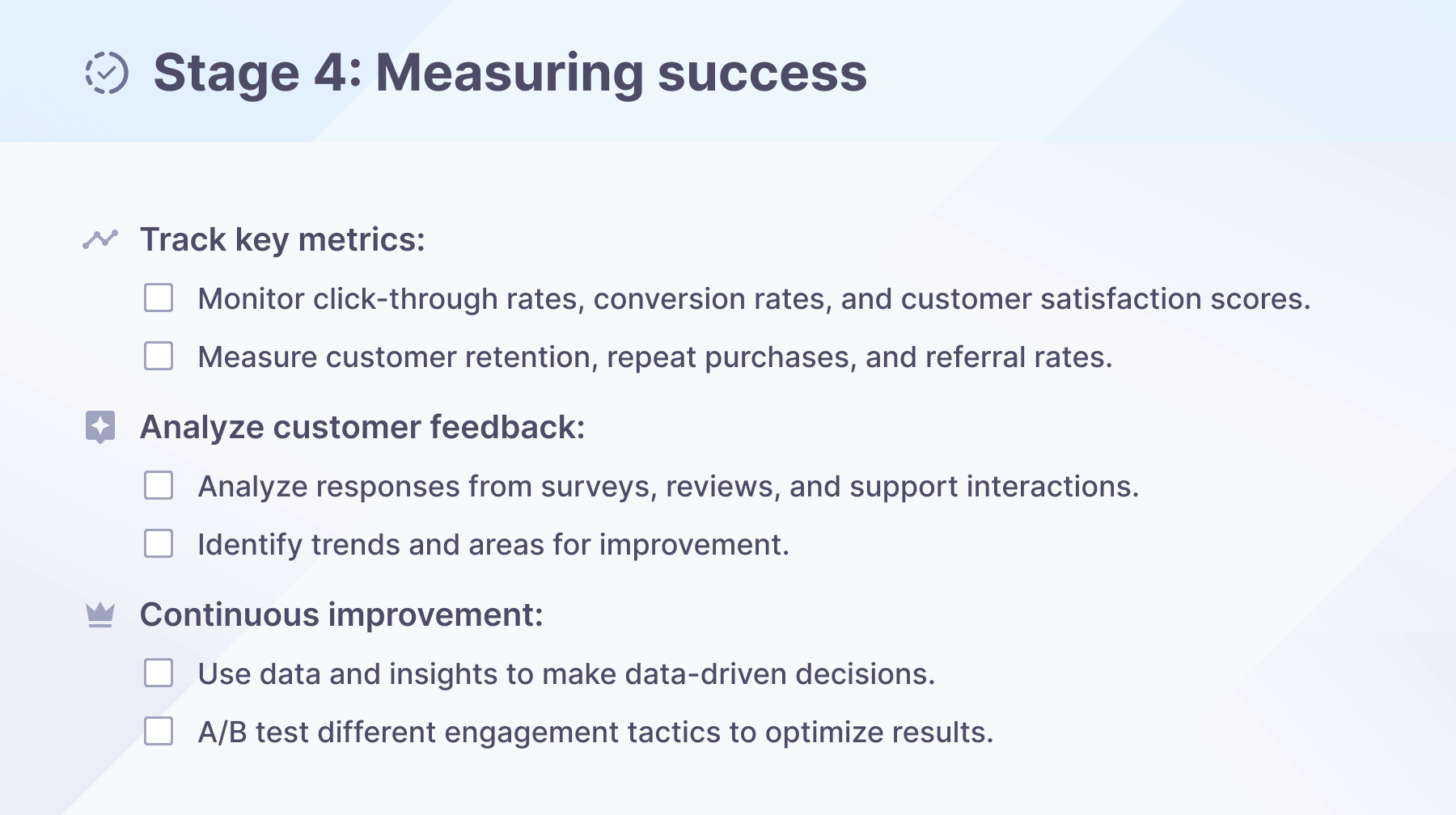
Three brilliant customer engagement examples
This is where we highlight three brilliant real-life examples of companies that have mastered customer engagement.
Apple: Creating an ecosystem of products and services
Apple’s customer engagement strategy revolves around creating a cohesive ecosystem of products and services. This ecosystem is designed to provide customers with a seamless and interconnected experience across various Apple devices and platforms.
Customers can easily integrate and use multiple Apple products. If you have an iPhone, you can easily connect it to a Mac, iPad, Apple Watch, and other Apple devices. Apple’s ecosystem features services like iCloud, iTunes, App Store, and Apple Music – all meant to work together.
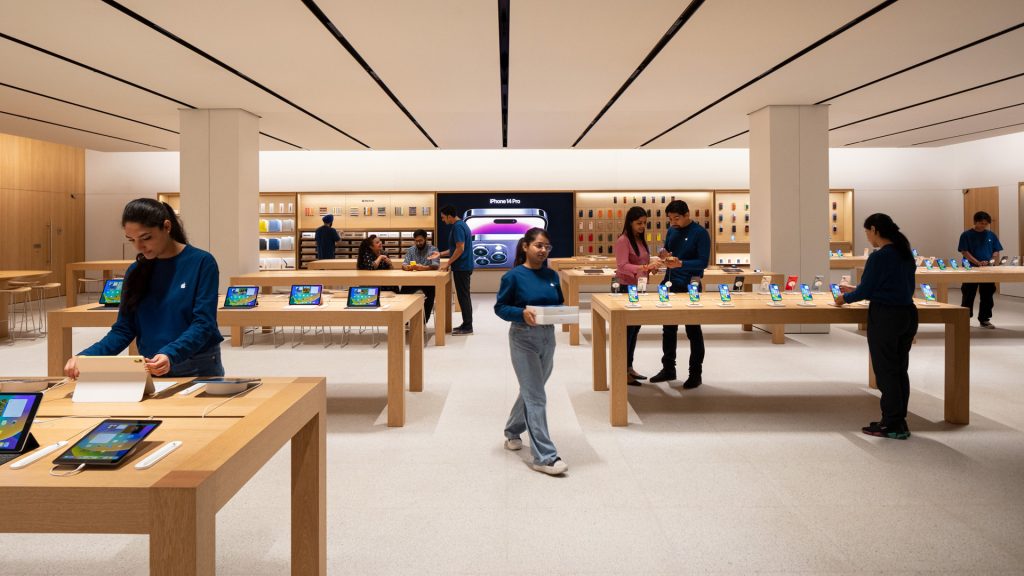
Image source: apple.com
By creating a comprehensive ecosystem, Apple encourages customer engagement, which drives loyalty and retention. Once customers invest in multiple Apple products and/or services and become accustomed to the convenience and integration, they are more likely to stick with the brand for future purchases, leading to a lock-in effect.
Nike: Leveraging user-generated content
Nike excels at engaging customers by using content created by users and creating a strong community around its brand. They encourage customers to share their experiences, photos, and videos using Nike products on social media platforms.
The company also sponsors various sporting events and initiatives, creating a sense of community among athletes and fitness enthusiasts.

Image source: gq.com
One notable campaign is Nike’s “Just Do It” campaign, which inspired customers to share their stories of personal achievements and challenges. This approach strengthens Nike’s relationship with customers and helps them feel like they belong.
Amazon: Personalization and customer-centric approach
Amazon has revolutionized customer engagement through its personalized shopping experience and customer-centric approach. The company uses sophisticated algorithms to analyze customer behavior and purchasing history, enabling them to provide highly targeted product recommendations.
Amazon’s customer service is efficient and effective. They quickly solve problems and go above and beyond to make customers happy.
When you visit Amazon’s website, you will find a personalized homepage. This homepage will display recommendations for products that are related to your previous searches and purchases. Additionally, Amazon’s “One-Click” ordering option streamlines the checkout process, making it convenient for customers to complete their purchases.

Image source: techlifeunity.com
A solid foundation for your engagement strategy
To achieve a successful customer engagement strategy, you need to build it on a robust foundation. Customer service is the primary touchpoint for customers when they have queries about or face challenges related to your products or services. Good customer service greatly affects the customer’s experience and how they see the brand.
Having the right technical solution in place to support these interactions becomes paramount to ensuring a satisfactory customer experience. Textmagic provides the fundamental infrastructure to cultivate meaningful connections between businesses and their customers.
Textmagic significantly enhances response times and resolution processes through its automation and efficient routing capabilities. The platform helps businesses collect important data and understand customer preferences, problems, and actions, allowing for personalized experiences and targeted marketing efforts.
Start fostering trust, loyalty, and authentic relationships with customers with a lightweight, AI-powered customer service platform like Textmagic.
Frequently Asked Questions (FAQs)
The four pillars of customer engagement include understanding your audience, delivering personalized experiences, maintaining open communication across channels, and building lasting trust through consistent value.
Strategic customer engagement involves deliberate planning and management of how your business connects with customers in ways that create lasting emotional and practical bonds.
It requires a deep understanding of customer desires and preferences, along with clear objectives for communication.
Engagement with customers develops over three levels.
Initially, potential customers learn about the brand during the awareness phase. Following this, they engage by interacting with marketing materials or customer service. The last level is loyalty, where customers feel a lasting connection and prefer the brand over competitors.
Start by analyzing why users stopped engaging. Look closely at their behavior patterns and what caused them to churn.
Use a business texting platform like Textmagic to reach out with thoughtful messages that highlight new features, improvements, or special deals.
Invite them to share their feedback to show that their opinions matter and changes are happening. Avoid using pushy or aggressive sales tactics. Focus on offering helpful information and showing patience as you rebuild trust gradually.
Related articles
3 Easy Trello SMS integrations with Textmagic and Zapier
Trello is a visual tool for organizing projects usin...
How to recover deleted text messages: Essential tips and tools
There are plenty of ways to lose an important text f...
Engage your customers with text message art
Text messages have been around since 1992. They’ve b...
Text messaging for recruitment: 25+ Recruitment message samples to hire better
A good recruiting message example means starting the...
How to integrate Textmagic Tasks into your daily work routine
Teams can sometimes struggle to remain productive an...
